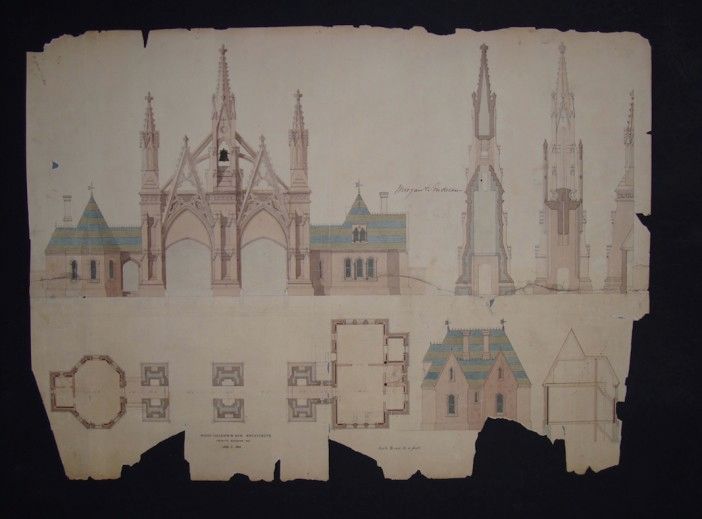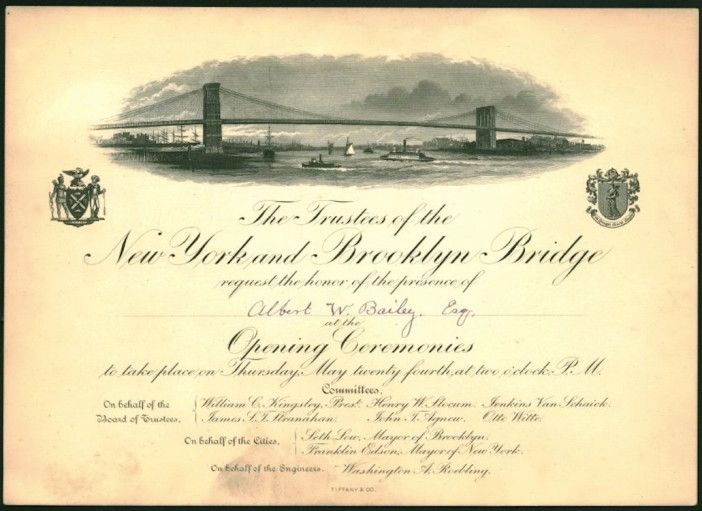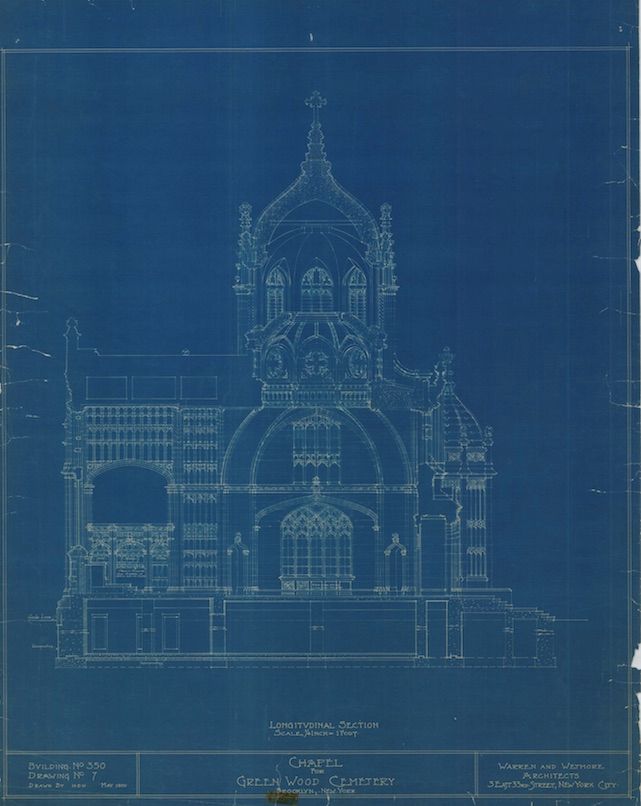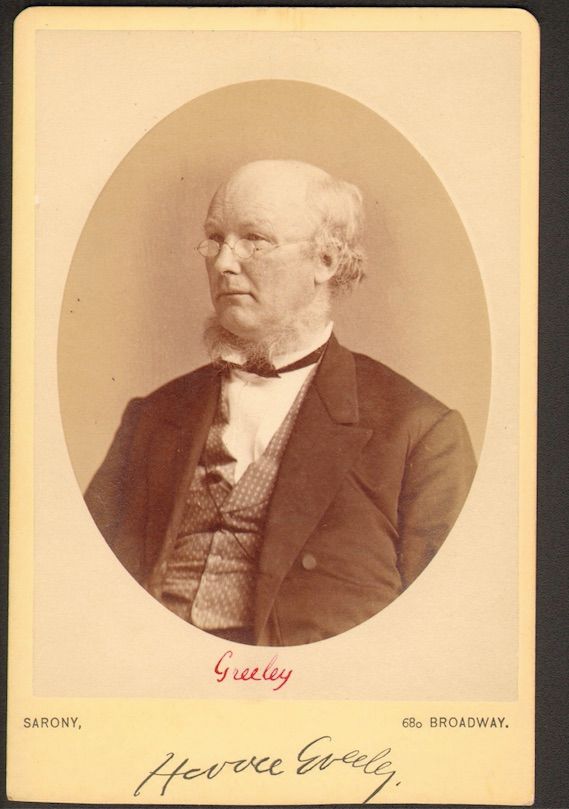Green-Wood Cemetery To Embark On Digitizing Spectacular Archives

While a visit to the 478 pastoral acres of Green-Wood Cemetery provides a majestic and serene background to view architecture, sculpture, and an excellent lesson in city history, you’ll now have even greater access to millions of archival items dating back to the the incorporation of the Cemetery in 1838.
Last month, The National Endowment for the Humanities (NEH) awarded a grant of $40,000 to the Green-Wood Historic Fund which will enable the organization to begin the planning phase of digitizing the Cemetery’s 177 year-old archives and historic collections.

The project will be titled Gone But Not Forgotten: Digitizing the 177 Year-Old Legacy of New York City’s Green-Wood Cemetery.
“NEH grants bring the humanities to life for Americans by helping preserve valuable cultural resources, advancing research, and supporting films and exhibitions that communicate the lessons of history and culture to new audiences,” said NEH Chairman William D. Adams. There were 248 total grant recipients.

The archives of the Cemetery “comprise an immense collection of meticulous records and ephemera, all connected to the more than half a million individuals interred in the Cemetery,” announced the Green-Wood Historic Fund. “Yet, the majority of the collection has been seen only by a handful of Cemetery officials.”
“For the first time, Green-Wood’s extensive collections will be systematically evaluated by experts in digital technology and members of the academic community,” said Green-Wood President Richard J. Moylan. “Our goal is to make our collections more accessible and to encourage new scholarship, research and historical analysis. Doing so will also strengthen Green-Wood’s position as a leading cultural and historical institution.”

Comprising the millions of archive records in the Green-Wood collection are:
- Documentation of the Cemetery’s founding, including original documents relating to the acquisition of cemetery property from prominent Brooklynites including the Bennett, Bergen, Wyckoff, and Schermerhorn families, title searches, deeds and maps of Green-Wood’s subsequent land acquisitions.
- Large-scale hand-written chronological burial books, dating back to 1840 containing meticulously and beautifully recorded data, including cause of death, age at death, nativity and occupation. These records present an extraordinary resource to the field of public health history.
- Architectural drawings and blueprints of Green-Wood’s mausoleums and other architecture.
- More than 10,000 archival photographs documenting distinct changes to the condition of individual monuments over time.
- Almost 200 oil paintings by notable artists who are interred at Green-Wood.
- An array of artifacts relating to Green-Wood’s permanent residents including a Whip car from a William F. Mangels (1866-1958) amusement park ride; art deco-style radios by the famed industrial designer Walter Dorwin Teague (1883-1960); a Tiffany-engraved invitation to Albert Bailey for the opening of the Brooklyn Bridge in 1883; and more.
A panel of experts in digital technology, digital humanities, urban history, public health history, and collections management is expected to complete its archival digitization plan by April 2017.




